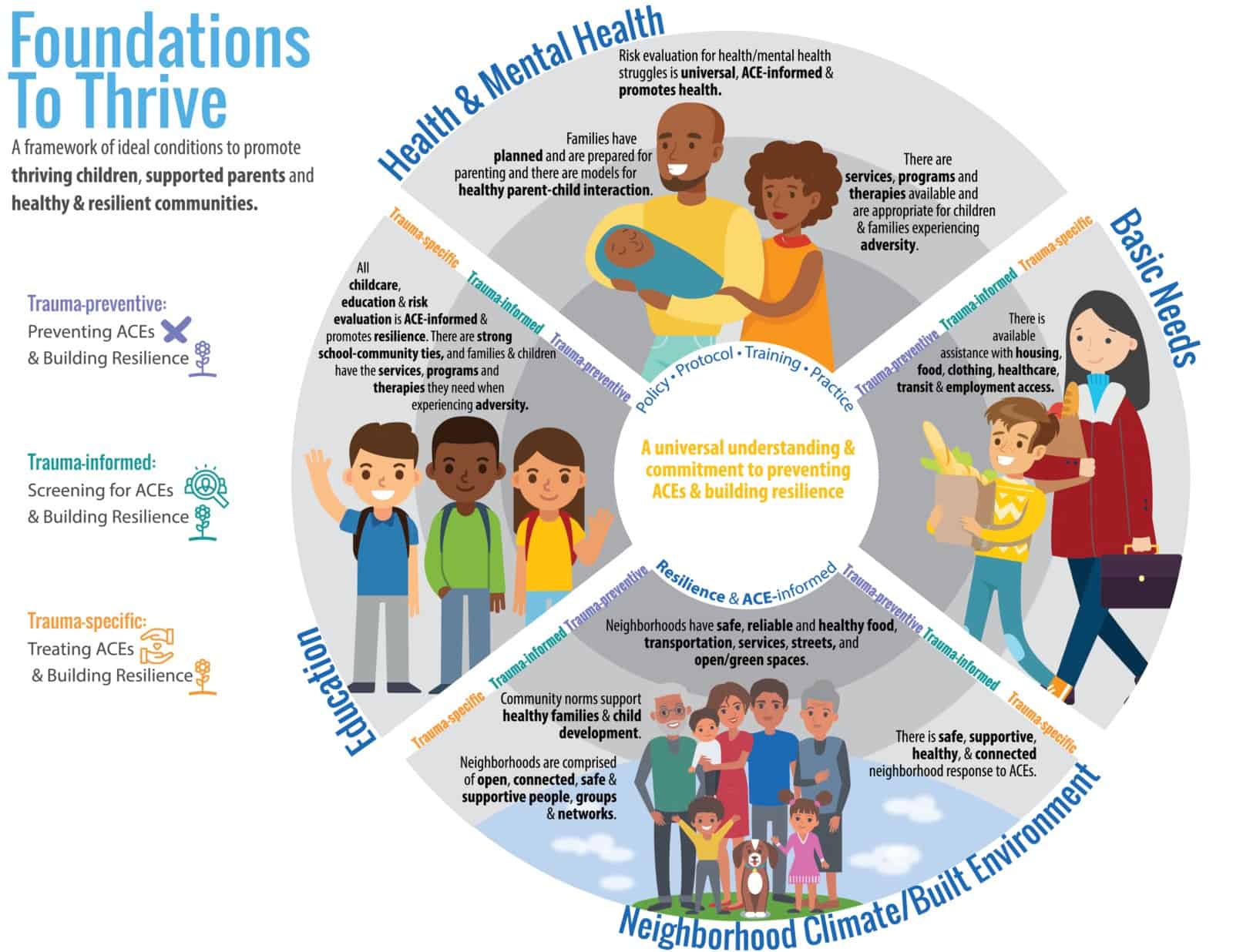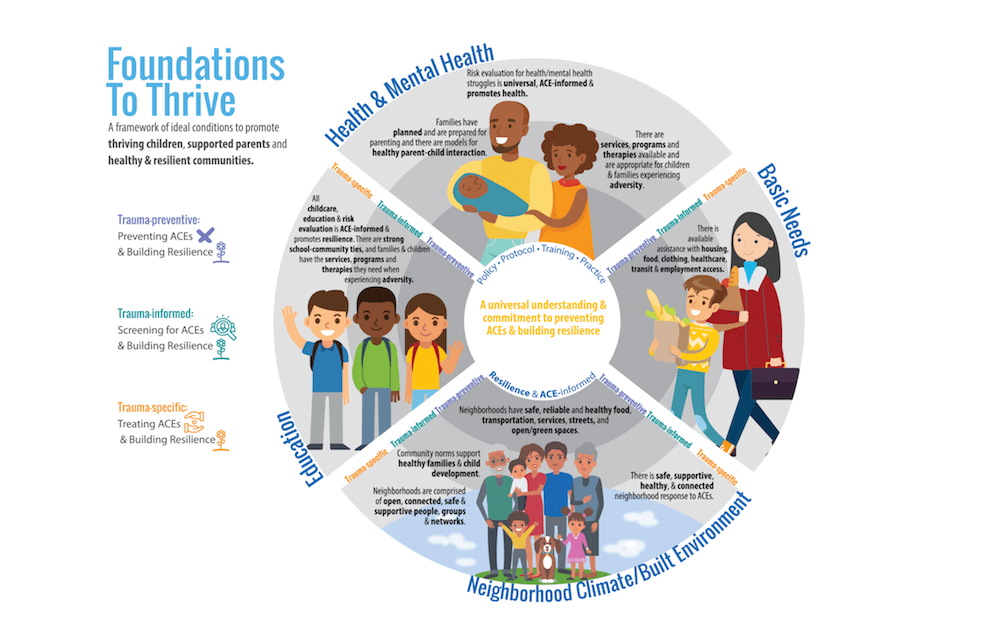Are you one of the 2.5 million people who watched the TEDTalk where Dr. Nadine Burke Harris describes how childhood stress can lead to lifetime disease? If you are, you already know about Adverse Childhood Experiences or ACEs.
This concept came out of a retrospective, large-scale study that started in the 1990s with more than 17,000 individuals who were completing a comprehensive physical examination at Kaiser Permanente clinics. They provided detailed information about their childhood experiences of abuse, neglect and family dysfunction through a screening tool. The ACEs study is tracking participants’ medical status still today.
Over the course of more than two decades, research results have demonstrated a strong association between childhood traumatic experiences and negative health behaviors such as smoking, alcohol and drug abuse, lack of physical activity, and even missed work. Obesity, suicide, heart disease, and cancer are also possible risk outcomes. It has also been shown that the more adverse childhood experiences a child has, the more likely they be at risk for negative health outcomes later on in life. In the United States, nearly one-quarter of all adults have experienced three or more of these adverse childhood experiences.
The ACEs study has sparked a movement to address the conditions in communities that allow for adverse childhood experiences to happen, in an effort to prevent them. It has also sparked a movement to make services for children and families “trauma-informed,” which means that providers realize and recognize the impact of potential trauma in their clients, and address it by integrating the existing knowledge on trauma and avoiding re-traumatization through the treatment or intervention they are delivering.
With support from the St. David’s Foundation, a research team at the Texas Institute for Child & Family Wellbeing is mapping Travis County assets to prevent ACEs and build individual and community resilience.

“The asset map will identify what Travis County is already doing well and where are the gaps that need to be addressed at the levels of infrastructure, policy, and program and services,” says Beth Gerlach, who is leading the institute’s team.
Specifically, the team will be identifying the presence or absence, and capacity of programs, services, and approaches in Travis County that promote the optimal brain development and overall health and wellbeing of children ages 0-5 and their families, and that use trauma-informed approaches to serve families who are risk for or have experienced trauma.
“This is not so much about identifying each available service but more about providing a ‘bird’s eye’ view across multiple sectors,” Gerlach adds. “Our aim is to release a report in 2018 that can be used by funders, program developers, policy makers and community stakeholders to explore strategic next steps that will ensure opportunities in Travis County for all young children and their families to thrive.”
By Andrea Campetella. Posted October 16, 2017.


